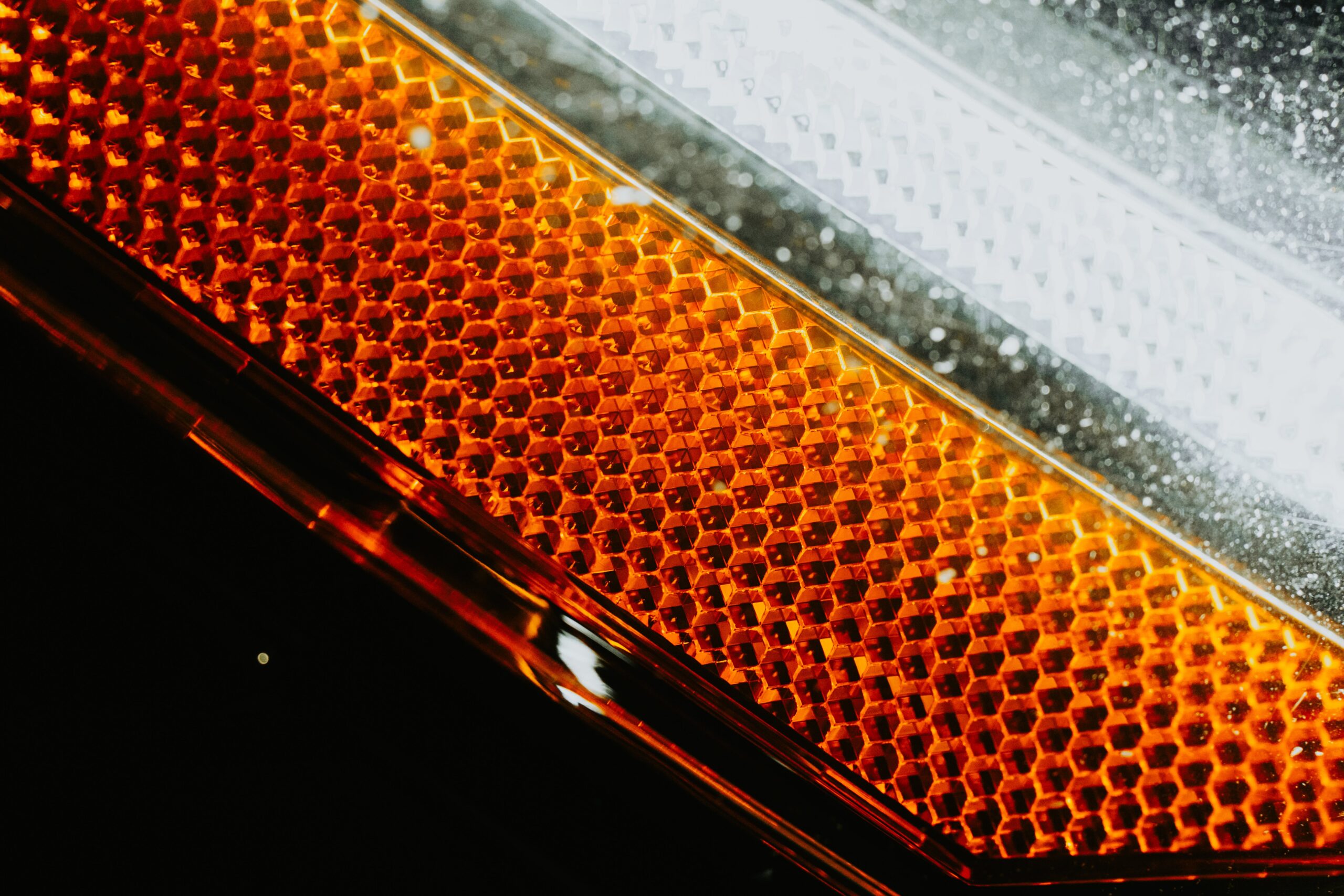22/04/2025
Dry battery electrode (DBE) technology is seen as a groundbreaking evolution in electrode manufacturing because it could significantly reduce the environmental impact, cost and production time of battery electrodes by removing the need for wet coating methods which necessitate subsequent drying.
Owing to its great potential, DBE technology has been the subject of great interest in the field. DBE is also at the centre of a compelling intellectual property (IP) conflict between Matthews International Corporation (“Matthews”) and Tesla, Inc. (“Tesla”). We previously reported on Tesla’s $1 billion lawsuit against its supplier, Matthews.
Matthews recently announced two victories in the conflict, which highlight a few interesting dynamics regarding OEMs, suppliers, and their employees in the battery space, as well as the tension between trade secrets and patents, and their respective enforceability.
Matthews’ first win – positive ruling in Arbitration
In a first victory for Matthews, they announced a positive ruling in arbitration regarding their right to continue to sell DBE technology to customers.
According to Matthews’ press release, “Matthews was forced to seek a declaratory judgment in a binding arbitration regarding Matthews’ rights to continue selling its innovative DBE solutions to others”.
Arbitration is a type of alternative conflict resolution which is often included in supplier agreements as a mandatory or optional alternative to litigation. Arbitration is typically private and confidential, and thus attractive as an alternative to litigation, although there is typically no absolute right to confidentiality of an arbitration.
According to Matthews, they filed an arbitration demand against Tesla in January 2024, with the recent ruling acknowledging “Matthews’ extensive, pre-Tesla background in manufacturing advanced Dry Battery Electrode (“DBE”) technology and affirm[ing] that the Company has the right to sell its solutions to customers other than Tesla”.
Matthews’ second win – positive ruling in U.S. District Court
In a second victory in quick succession for Matthews, they also announced that a US District Court Judge had denied Tesla’s request to block Matthews from selling its DBE solutions to others.
In Tesla’s $1 billion lawsuit against Matthews, Tesla requested a preliminary injunction “ordering Matthews…to cease all sales, offers to sell, and/or demonstrations to others of machines embodying any of” Tesla’s allegedly proprietary technology.
Following Matthews’ press release regarding the ruling in arbitration, discussed above, in which Matthews suggested they would resume sales of DBE manufacturing equipment to others, Tesla filed an emergency motion for a temporary restraining order intended to prevent Matthews from selling DBE technology.
The Court denied Tesla’s motion for an emergency temporary restraining order, handing Matthews a second victory by refusing to prevent Matthews from selling DBE technology.
In its press release, Matthews pointed to their recently granted US continuation patent US12136727B2 as being one of the results of their decades long work on DBE technology, which Matthews say began before Tesla was even founded.

Figure 4 of Matthews’ patent US12136727B2, showing a “multi-roll calendar system”.
Tesla files new lawsuit
In addition to the above-referenced motion for an emergency temporary restraining order, Tesla has also filed a new lawsuit against Matthews, alleging breaking of a contract relating to the development of DBE manufacturing and denying an inventor, Porter Mitchell, inventor status.
The lawsuit relates to US12136727B2, the same patent referenced by Matthews in their press releases. Porter Mitchell is an engineer at Maxwell Technologies Inc. (“Maxwell”), which was acquired by Tesla in 2018 to strengthen their DBE manufacturing capacities. According to the new lawsuit, there was an oral contract concerning DBE development and patent applications between Maxwell and Matthews.
Practice points to consider
It remains to be seen what the ultimate outcome of this conflict between Matthews and Tesla will be.
Recently, Matthews has deleted the two press releases discussed above (which are still available elsewhere, e.g. here and here, which might suggest progress in any settlement discussions between the parties.
Whatever the outcome, there are a few interesting aspects to the conflict which are of broader relevance.
Trade secrets
While trade secrets have advantages over patents, including the fact that they may offer protection indefinitely if kept secret, this conflict highlights the major difficulty with maintaining a trade secret: to maintain a trade secret, the confidential information must be kept secret. This can be challenging, especially where multiple parties (such as suppliers, contractors, etc.) are involved. Indeed, in an industry such as battery manufacturing, where some employees are likely to move between competitors, drawing a clear line between trade secrets and employee know-how can be difficult. And finally, if a conflict arises, it can be difficult to enforce trade secrets. All of this highlights the importance of meticulous trade secret records and clearly defined confidential information, and clear rules for who may share the information, and with whom.
Inventorship, ownership, and collaborative development
Establishing who is an inventor and who is not can be challenging. Clearly recording the contribution of different persons to the inventive process is essential, especially if a conflict arises. And once it is established who the inventors of a specific invention are, the question becomes who the owner of the invention, and any patent application covering the invention, may be.
Clear written contracts regarding ownership of any IP created during collaborative development can prevent most conflicts. An oral contract, which Tesla is asserting against Matthews in the latest lawsuit, is likely to offer less legal certainty to all parties.
And while typically all parties begin collaborating on the development of new technologies in a fair spirit, what appears to be clearly defined entitlement to ownership of IP at the start of a collaboration may turn out to be less clear when considered in detail. This may be especially true if there are changes to the partnership, for example because one of the parties is acquired, as was the case when Tesla acquired Maxwell.
Final thoughts
The conflict between Matthews and Tesla highlights the value of good trade secret management, the tension between trade secrets, which Tesla is asserting, and patents, which Matthews has been granted, and the importance of clear agreements in R&D collaborations.
DBE technology is clearly a valuable technology that is changing battery electrode manufacturing, and of great value to both OEMs like Tesla, and suppliers of machinery like Matthews. We will continue to monitor this conflict.
At Reddie & Grose, we have a broad range of experience in the battery sector as well as in other sectors, across the whole range of IP. Please feel free to get in touch if you need any advice regarding your IP.
This article is for general information only. Its content is not a statement of the law on any subject and does not constitute advice. Please contact Reddie & Grose LLP for advice before taking any action in reliance on it.



